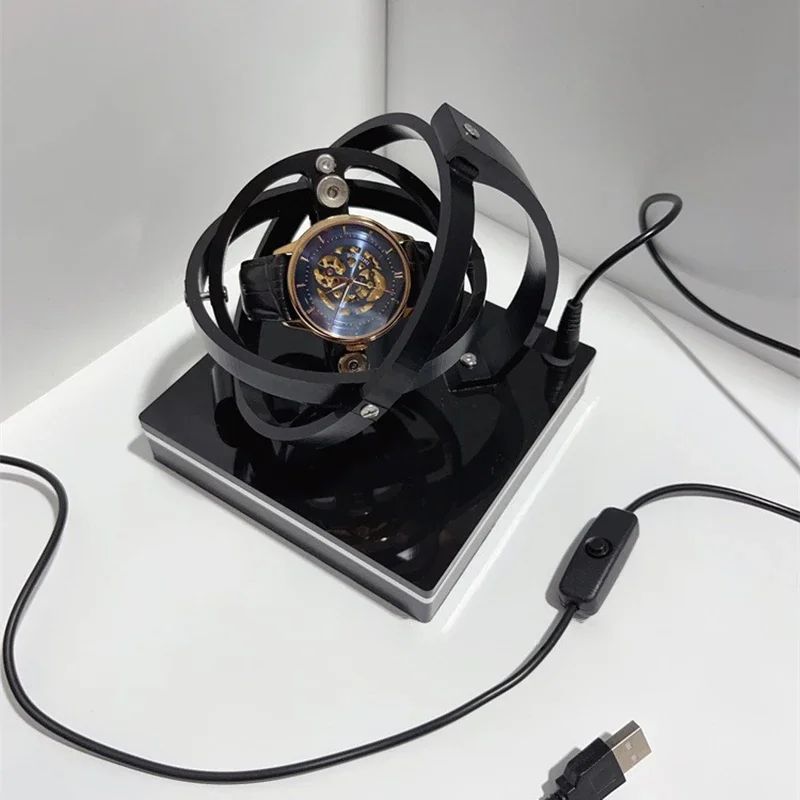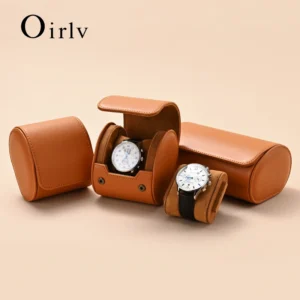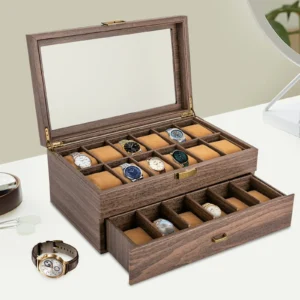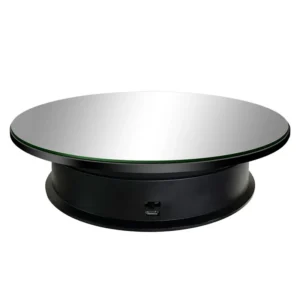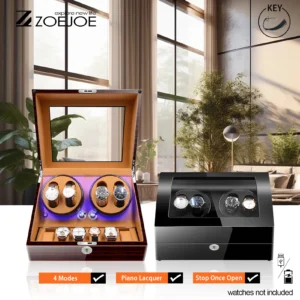Understanding the Value of Quality Watch Tools for Collectors
For watch enthusiasts, the journey of collection goes beyond simply acquiring timepieces. Proper maintenance and care become essential components of the hobby, and this is where quality watch tools make all the difference. Investing in the right tools empowers collectors in several important ways:
- Self-sufficiency: Handle basic maintenance without relying on professional services for every minor adjustment
- Damage prevention: Proper tools significantly reduce the risk of scratches and other damage
- Long-term savings: While quality tools require initial investment, they save hundreds or even thousands in service fees over time
- Enhanced appreciation: Working with your watches deepens your understanding of their mechanical beauty
The distinction between professional-grade tools and cheap alternatives cannot be overstated. Precision-engineered tools with proper hardening and finishing protect your timepieces, while low-quality tools often have rough edges or improper sizing that can scratch cases or strip screws.
Think of tool investment proportionally to your collection’s value—a $10,000 watch collection deserves better than a $15 all-in-one tool from a general merchandise store. Consider this: a single deep scratch repair on a luxury watch can cost $200-300, while a complete set of quality basic tools might cost $150-250—an investment that pays for itself after preventing just one mishap.
Proper watch collection storage planning begins with understanding the tools needed to maintain those precious timepieces, creating a foundation for responsible ownership.
Basic Essentials: Must-Have Tools for Every Watch Enthusiast
Spring Bar Tool: The Fundamental Starting Point
The spring bar tool is arguably the most essential item in any watch collector’s arsenal. This simple-looking tool serves a critical purpose: safely removing and reinstalling the tiny spring-loaded bars that secure watch straps and bracelets to the case.
A quality spring bar tool typically features:
- Forked end for safely leveraging spring bars from the outside
- Fine pointed end for accessing recessed spring bars or working through strap holes
- Ergonomic handle providing proper grip and control
- Hardened steel construction to maintain precision over time
Proper technique is crucial—always work with the watch face-down on a soft surface, apply even pressure, and never force the mechanism. For dress watches with tighter tolerances, a fine-point tool is often necessary, while sport watches with drilled lugs may benefit from the forked approach.
When selecting your first spring bar tool, avoid the temptation of ultra-budget options. Mid-range options from reputable manufacturers offer the perfect balance of quality and value, giving you a tool that will serve your collection for years rather than months.
Quality watch accessories like properly made spring bar tools represent the difference between frustrating experiences that risk damaging your timepieces and smooth, enjoyable maintenance sessions.
Precision Screwdriver Set: For Bracelet Adjustments and Minor Tasks
After mastering strap changes, bracelet adjustment is the next most common task collectors perform. A quality precision screwdriver set is indispensable for this purpose. Unlike household screwdrivers, watch-specific tools feature:
- Precisely machined tips with exact sizing (typically 0.8mm-1.6mm for most watches)
- Swivel tops that allow one-handed pressure while turning
- Hardened steel construction to prevent tip deformation
- Non-slip grips for precise control
Common watch screwdriver sizes include:
* 1.0mm: Standard for many Rolex and Omega bracelet screws
* 1.2mm: Common in many Swiss sport watches
* 1.6mm: Used in larger watches and some case backs
* 0.8mm: Essential for many Japanese watches and smaller components
The technique is as important as the tool—apply direct downward pressure to prevent slippage and keep the screwdriver perfectly aligned with the screw to avoid stripping. When working with expensive timepieces, taking your time and using proper lighting makes all the difference.
Proper organizing of your watch collection should include dedicated space for these tools, keeping them protected and readily available when needed.
Watch Cleaning Kit: Maintaining Your Timepieces
Regular cleaning is fundamental to long-term watch care. A proper watch cleaning kit should include:
- Microfiber cloths (multiple, dedicated to different purposes)
- Watch-safe cleaning solution (alcohol-free for most applications)
- Soft brushes with various tip sizes
- Rodico cleaning putty for dust removal
- Cotton gloves to prevent fingerprints during cleaning
Different watch materials require specific approaches. For stainless steel and most metals, a lightly dampened microfiber cloth works well for everyday cleaning. For deeper cleaning, a soft brush can reach between bracelet links. Precious metals generally need gentler handling, while sapphire crystals are scratch-resistant but show fingerprints prominently.
The versatile Rodico putty deserves special mention—this watchmaker’s clay lifts dust from difficult-to-reach areas without leaving residue, making it perfect for cleaning dial elements and hands without disassembly.
Establishing a regular cleaning routine (monthly for frequently worn pieces) prevents buildup that could eventually require professional intervention, keeping your timepieces looking their best with minimal effort.
Loupe/Magnifier: The Collector’s Eye
A quality loupe transforms how you see and appreciate your watches. This simple magnification tool reveals details invisible to the naked eye:
- Movement finishing and decoration
- Dial printing quality and texture
- Authentication markers and serial numbers
- Potential issues like dust or misalignment
For most collectors, a 5x-10x magnification is ideal—strong enough to reveal important details without being difficult to use. Features to consider include:
- LED illumination for better visibility
- Triplet lens design for reduced distortion
- Foldable design for portability
- Comfortable eye cup for extended viewing
Beyond maintenance, a loupe deepens appreciation by revealing the craftsmanship that separates fine timepieces from ordinary watches. The ability to inspect potential purchases also helps ensure you’re getting authentic pieces in proper condition.
Keeping your tools well-organized alongside your collection ensures they’re always ready when needed. Quality watch organizers and accessories provide dedicated spaces for both watches and the tools used to maintain them.
Intermediate Tools: For the More Engaged Collector
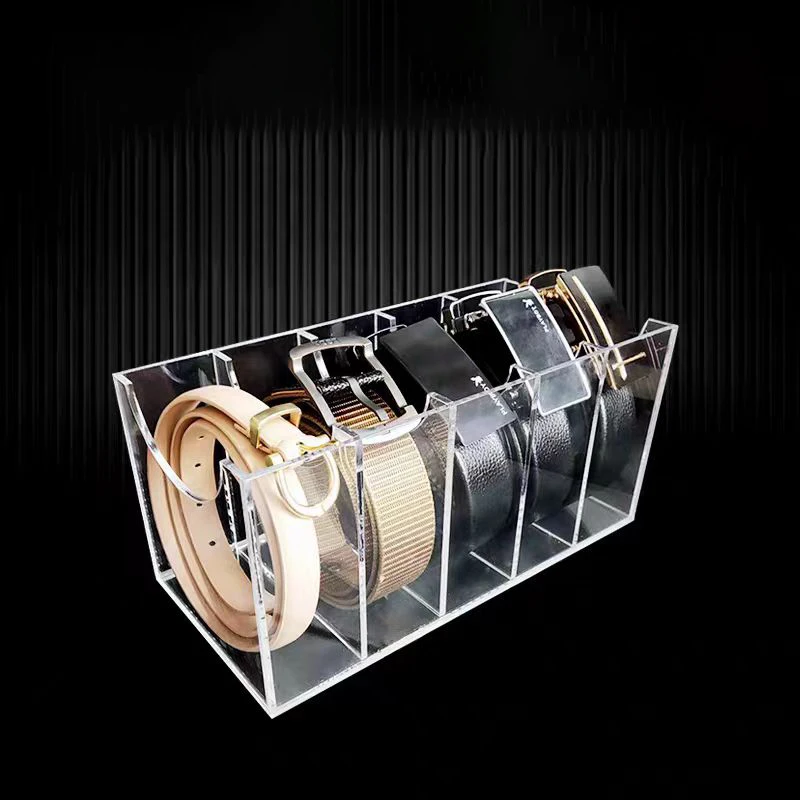
Case Back Openers: Accessing the Movement
As collectors become more comfortable with basic maintenance, case back opening tools represent the next frontier. These tools allow access to the watch’s movement for basic inspection, regulation, or battery replacement.
Different case back styles require specific tools:
- Screw-down case backs: Require a jaxa-style wrench with adjustable pins that grip notches in the case back
- Snap-off case backs: Need knife-edge openers or case back prying tools
- Rolex-style screw cases: Demand specialized tools with specific tooth patterns
- Battery change case backs: Often use a simple ball-type opener that creates friction
Proper technique is crucial—ensure the tool is properly sized and seated before applying force, and always work on a clean, padded surface. Work slowly and deliberately, as improper case back opening is a common cause of damage.
While these tools enable deeper interaction with your watches, know your limits. If significant resistance is encountered or if the watch is particularly valuable, seeking professional help remains the wisest choice. Basic inspection and battery changes are appropriate DIY tasks, while full movement service generally isn’t.
Bracelet Sizing Tools: For Perfect Fit Adjustments
Nothing enhances the wearing experience like a perfectly sized bracelet. Beyond basic screwdrivers, dedicated bracelet tools make sizing adjustments easier and safer:
- Pin pushers with various tip sizes for different bracelet types
- Bracelet holding blocks that securely grip links during adjustment
- Link screw removal tools with specialized heads
- Bracelet measurement tools for perfect sizing
The key difference between amateur and professional results often comes down to proper fixturing—holding the bracelet securely prevents slippage that can cause scratches or bent pins.
When working with pins, always note the direction of removal (many are directional) and work on a surface that allows pins to be pushed out completely. For screw links, using the correct screwdriver size and applying sufficient downward pressure prevents stripped heads.
For collectors with multiple watches, proper watch storage ideas should include dedicated space for these specialized tools, keeping everything organized and protected.
Movement Holder and Anti-Magnetic Tweezers: Handling Components Safely
When working with movements or small components, specialized tools become essential for safety:
- Movement holders secure the delicate mechanism without applying pressure to fragile parts
- Anti-magnetic tweezers prevent inadvertently magnetizing movement components
- Finger cots or gloves prevent oils and moisture from transferring to parts
- Dust covers protect exposed movements during extended work
The anti-magnetic properties of proper watchmaking tweezers cannot be overstated. Regular household tweezers can magnetize watch parts, causing the movement to run fast or erratically. High-quality watchmaker’s tweezers are made from non-magnetic materials specifically to avoid this problem.
For collectors beginning to explore movement regulation or inspection, these tools represent the bridge between casual maintenance and more technical involvement. Even if you’re not performing repairs, these tools allow safer handling during battery changes or movement inspection.
Digital Caliper: For Precise Measurements
A digital caliper becomes increasingly valuable as your collection grows, offering precise measurements for:
- Case diameters and thicknesses when researching purchases
- Lug widths for correct strap selection (19mm vs 20mm makes a difference)
- Bracelet link widths for replacement parts
- Crystal dimensions for replacement options
When selecting a caliper for watch use, look for:
* Clear digital readout with mm/inch conversion
* Fine jaws that can reach into tight spaces
* Depth gauge function for case thickness measurement
* Precision to at least 0.1mm
This tool eliminates guesswork when ordering replacement parts or straps online, ensuring compatibility before purchase. It’s also invaluable for verifying specifications when authenticating watches or comparing similar models.
Secure your watches properly during any maintenance work using appropriate watch holders that prevent movement while providing access to all surfaces.
Advanced Tools: For the Dedicated Enthusiast
Timegrapher: Understanding Your Watch’s Performance
For collectors fascinated by the technical aspects of horology, a timegrapher provides window into a watch’s actual performance. This electronic device measures:
- Beat rate: How many vibrations per hour the balance wheel makes
- Amplitude: The swing degree of the balance wheel (typically 250-310° is healthy)
- Beat error: The evenness of timing between ticks
- Daily rate: How many seconds the watch gains or loses per day
While professional watchmakers use timegraphers for regulation, collectors can use them to:
* Monitor the health of their watches between services
* Identify when a watch needs professional attention
* Understand how position and power reserve affect performance
* Verify the performance of newly acquired timepieces
Basic interpretation isn’t difficult—look for consistent traces on the display, amplitude above 250°, and beat error below 1.0ms. Significant variations in these readings often indicate service needs.
While a timegrapher won’t turn you into a watchmaker, it provides valuable data that deepens technical understanding and helps determine when professional service is necessary.
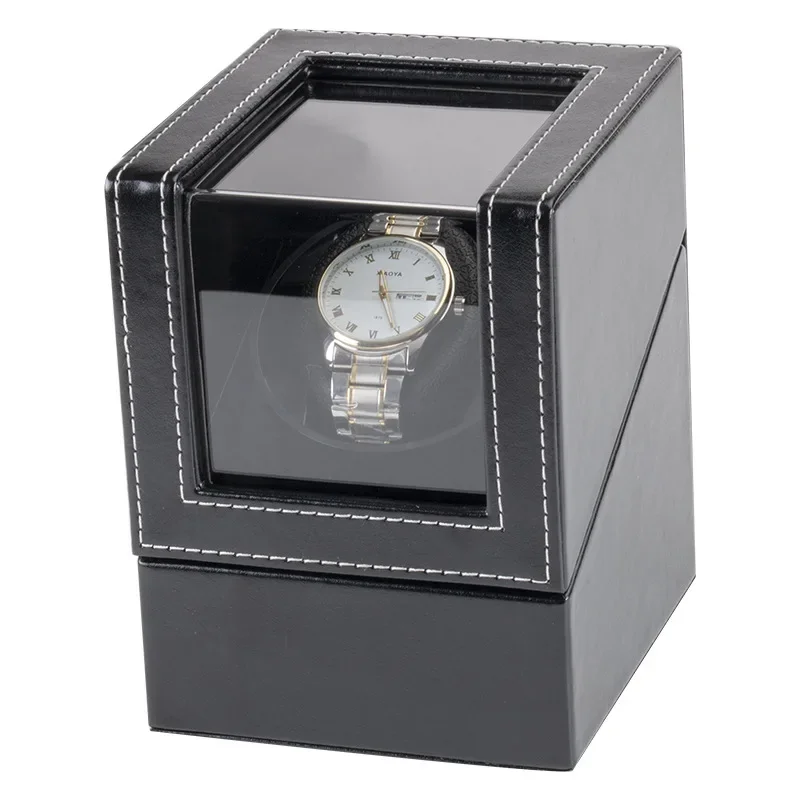
Crystal/Bezel Press: For Professional-Level Maintenance
Crystal presses represent a significant step toward professional-level capability. These tools apply even pressure to install crystals, bezels, and case backs without damage. Uses include:
- Replacing damaged crystals with new ones
- Re-seating crystals that have become loose
- Installing press-fit bezels and case backs
- Testing water resistance with appropriate attachments
A quality press includes various die sets to accommodate different case shapes and sizes. The ability to apply even, controlled pressure makes these tools far superior to makeshift methods that often result in damaged components.
For most collectors, crystal replacement should remain a professional service, but the press is valuable for re-seating components that have become loose. Always practice on less valuable watches before attempting work on prized pieces.
Understanding the art and passion behind horology helps collectors appreciate when to use these advanced tools and when to seek professional assistance.
Specialized Materials: Compounds and Lubricants
Beyond physical tools, certain specialized materials become important for advanced maintenance:
- Polywatch: A polishing compound specifically formulated for acrylic crystals
- Cape Cod cloths: Impregnated polishing cloths for metal surfaces
- Silicone grease: Used for waterproofing gaskets and seals
- Rodico putty: Watchmaker’s cleaning clay for dust removal
- Pegwood sticks: Soft wooden sticks for cleaning hard-to-reach areas
These materials require careful application—over-polishing can remove too much material, while improper lubrication can attract dust or cause performance issues. Start with minimal amounts and work gradually.
Polywatch deserves special mention for its ability to remove scratches from acrylic crystals. By applying a small amount and gently polishing in circular motions, scratches that seemed permanent can often be removed, restoring vintage pieces to clear visibility.
Professional Lighting: Seeing Every Detail
Proper lighting transforms the maintenance experience, revealing details invisible under normal conditions. Consider:
- Adjustable desk lamps with 5000K-6000K color temperature (daylight spectrum)
- Magnifying lamps that combine illumination with magnification
- Directional lighting to eliminate shadows in recessed areas
- Diffused lighting to reduce glare on polished surfaces
The ideal setup allows light to be directed from various angles, eliminating shadows that can hide dust or imperfections. For detailed work, combining direct lighting with ambient illumination provides the best visibility while reducing eye strain during longer sessions.
Storage and Organization: Protecting Your Tools and Watches
Just as fine watches deserve proper storage, quality tools require appropriate organization. Consider these options for tool storage:
- Dedicated watch tool rolls with individual pockets
- Multi-tier tool boxes with customizable compartments
- Shadow boards for frequently used tools
- Anti-static mats for working surfaces
Proper organization delivers multiple benefits:
* Prevents tool damage and premature wear
* Allows quick identification of needed tools
* Reduces risk of lost components during work
* Creates a more efficient and enjoyable workspace
For the watches themselves, consider:
* Watch winders programmed to your specific automatic watches’ needs
* Anti-magnetic storage for mechanical timepieces
* Humidity-controlled environments for vintage pieces
* Travel cases with individual cushions for collection transport
Many collectors find that integrated storage solutions work best—cases that accommodate both watches and the tools needed to maintain them, creating a complete watch station.
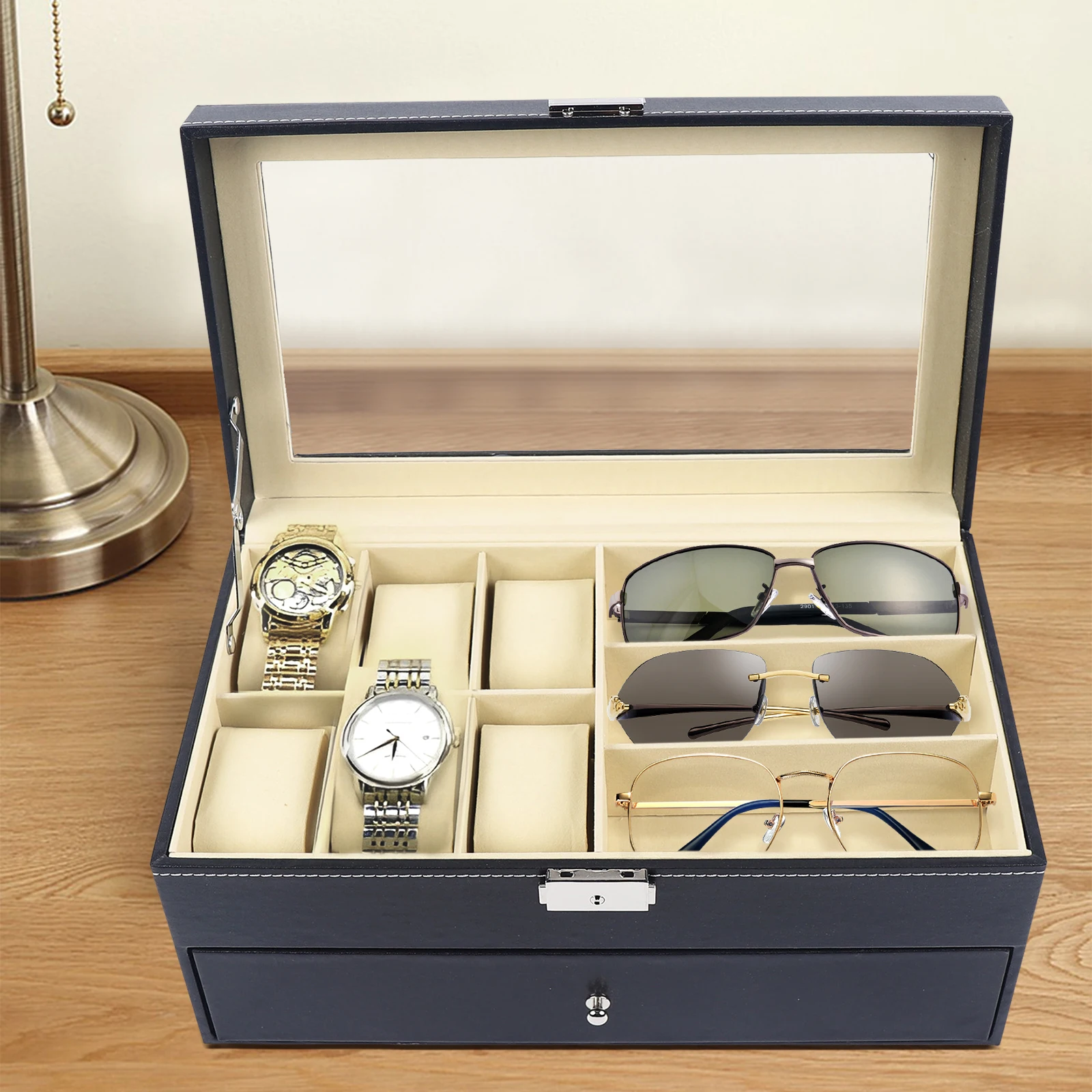
Quality watch organizer systems protect both your timepieces and the tools used to maintain them, creating a comprehensive solution for the serious collector.
Watch Accessories, Watch Holder
$94.51 Select options This product has multiple variants. The options may be chosen on the product pageSingle Watch Travel Case, Watch and Jewelry Box, Watch Roll Travel Case
Price range: $93.44 through $140.65 Select options This product has multiple variants. The options may be chosen on the product pageMen's Watch Organizer, Watch Display Case, Watch Organizer
Price range: $112.68 through $169.45 Select options This product has multiple variants. The options may be chosen on the product pageAutomatic Watch Winder, Luxury Watch Winder, Single Watch Box
$307.39 Select options This product has multiple variants. The options may be chosen on the product pageRotating Watch Holder, Watch Holder
Price range: $93.28 through $93.35 Select options This product has multiple variants. The options may be chosen on the product page4 Watch Winder, 6 Watch Box, Automatic Watch Winder
$512.31 Select options This product has multiple variants. The options may be chosen on the product page
Building Your Collection: Where to Start and How to Grow
For new collectors, building a tool collection should follow a strategic progression:
Essential Starter Kit:
* Quality spring bar tool with both fork and fine point ends
* Precision screwdriver set (0.8mm-1.6mm range)
* Microfiber cloths and basic cleaning solution
* Loupe (5x-10x magnification)
This basic setup, which might cost $75-150 from reputable brands, handles 80% of common maintenance needs. As your skills and collection grow, add intermediate tools in this order:
- Bracelet sizing kit for perfect fit adjustments
- Case back opener appropriate for your collection
- Digital caliper for precise measurements
- Movement holder and anti-magnetic tweezers
When considering pre-assembled tool kits versus individual purchases, quality should guide your decision. Many bundled “watch repair kits” contain numerous low-quality tools, while a few well-chosen individual pieces often provide better value. Focus your budget on the tools you’ll use most frequently, and invest in professional-grade versions of these essentials.
Reputable sources for quality tools include specialized watch supply retailers, watchmaking schools’ supply shops, and certain specialized online marketplaces. Avoid general merchandise stores for tools that contact your watches directly.
For collectors with automatic watches, reliable watch winders represent an important investment alongside maintenance tools, keeping your timepieces running properly between wearings.
Working Safely: Protecting Your Investment
Even the finest tools require proper technique to prevent damage. Create a safe working environment by:
- Setting up in a clean, well-lit area free from distractions
- Using a padded work mat to prevent scratches and catch small parts
- Working with clean hands or wearing finger cots/gloves
- Having proper storage ready for removed components
- Never forcing components that offer resistance
Common protective techniques include:
* Applying small pieces of tape to areas adjacent to where you’re working
* Using rodico putty to temporarily secure small parts
* Photographing bracelet links or component arrangements before disassembly
* Working over a light-colored surface to easily spot dropped parts
Most importantly, know when to stop. If a process isn’t proceeding as expected or requires more force than seems reasonable, pause and reconsider. Many collectors set clear boundaries—performing strap changes and bracelet adjustments themselves while leaving more invasive procedures to professionals.
For collectors who travel, proper watch boxes and watch rolls can safely transport not just watches but also the essential tools needed for adjustments on the go.
By investing in quality tools, learning proper techniques, and respecting the craftsmanship of fine timepieces, collectors transform basic maintenance from a chore into another rewarding aspect of the watch enthusiast’s journey.

